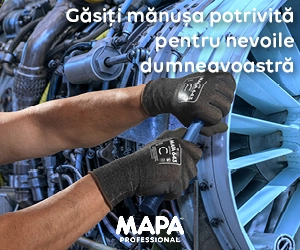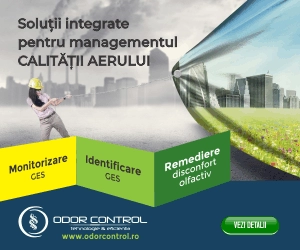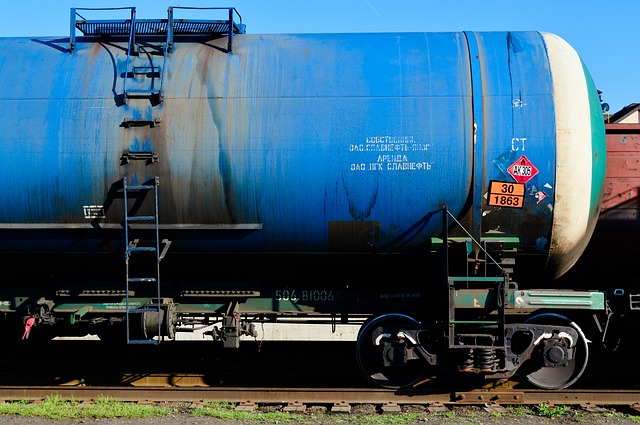Occupational Health and Safety Risk Assessment by meva method

Article written by
ing. Eduard Smidu, ing. Vicenţiu Ciocirlea, ing. Iulian Ivanchim and Alina Trifu
elaborated by the INCDPM “Alexandru Darabont”
The use of risk assessment methods should normally be complemented by the study of the consequences and effects in terms of damage that undesirable events can cause on workers, which requires that all risk factors be identified, their variability and their impact on the risk assessed.
The problem is, however, that there is no universal method or predefined solution for risk analysis. Each approach has its specificity. Moreover, the methods are not clearly delimited. There are variants and combinations. It is often advisable to start with a rough analysis and, after getting an idea of the most important risks, continue with a more in deep method.
In the logic of continuous improvement, the risk management system is subject to constant review and updating. In this context, the researchers of the Risk Assessment and Safety and Health Management Laboratory (ERMSSM) have developed a new method of assessing the risks of injury and professional illness, a method called “MEVA”.
The principle of the method is to identify all the risk factors in the system that can be the ultimate cause of injury and/or professional illness by means of predefined control lists and quantifying the risk based on the combination of gravity and probability of risk factor manifestation.
The two methods of risk assessment of injury and professional illness developed by the Institute (INCDPM and MEVA) are based on a deductive reasoning, with the help of which is studied the chain between two or more events. These methods of assessing the risks of injury are simple and have the great advantage of being able to be applied even if detailed information on the system is not available from the start. For this reason, they are suited both to the complex systems security analysis (eg workshops, factories, installations, etc.) and to the analysis of less complex systems (offices).
According to the methodology of risk assessment, it must be performed two steps:
1 Risk identification - a process of identifying potential hazards and defining their characteristics;
2 Risk assessment – an estimation process for taking appropriate decisions regarding preventive measures (to be done at the workplace and, exceptionally, at the level of the job).
The new risk assessment method, unlike the old one, focuses more on eliminating subjective factors in determining the probability of manifestation of risk factors. Thus, checklists were developed for each risk factor, which establishes a compliance factor for each risk factor. Following the identification of the risk factors and the audit of the workplace (law and secondary legislation) the check-lists applicable to the work place/activity are established. Conformance factors along with exposure times define the probability of occurrence of the risk factor. For the level of environmental risk factors such as noise, lighting, air temperature, will also be taken into account the values determined by measurements.
In the MEVA method, the risk matrix is defined by 5 classes of severity and 5 probability classes, resulting in 5 levels of risk. After quantifying the risk factors, prevention measures are proposed for all the identified risk factors and each partial risk level is recalculated as a result of the proposed measures. The five levels of risk were grouped into three categories: acceptable, tolerable, unacceptable.
Level 1 - Acceptable; Level 2, 3 - tolerable; Level 4, 5 - unacceptable.
Regardless of law 319/2006 or derived Government Decisions, all Romanian regulations have a common point - they expressly and explicitly impose the obligation to identify and assess the professional risks to which workers are exposed or may be exposed. Specifically, this means that the employer must assess the risks to the safety and health of workers and on the basis of the assessment to draw up the preventive and protective measures plan that he will apply to his company.
Due to the diversity of economic activities it is impossible to make definitive conclusions about the choice of the evaluation method. However, it is possible to conclude that the MEVA method is applicable in all areas of activity. By applying this risk assessment method, it will often be seen that the benefits for the health and safety management are much higher than managers expected.
The new evaluation method elaborated by the INCDPM “Alexandru Darabont” meets the requirements for the evaluation of each risk and provides an overview of the extent of the risk to which a worker who will occupy or occupy a certain job position in an economic unit is exposed.
Most methods of analysis and evaluation address the risk as an unwanted event or failure that occurs during operation of plant and machinery. They consider factors that can induce dysfunction problems or human error, affecting the following characteristics of work systems: reliability; the ability to be repaired; usability; not to cause damage to man; the environment; the installation; the product; system performance in terms of production and energy consumption.






